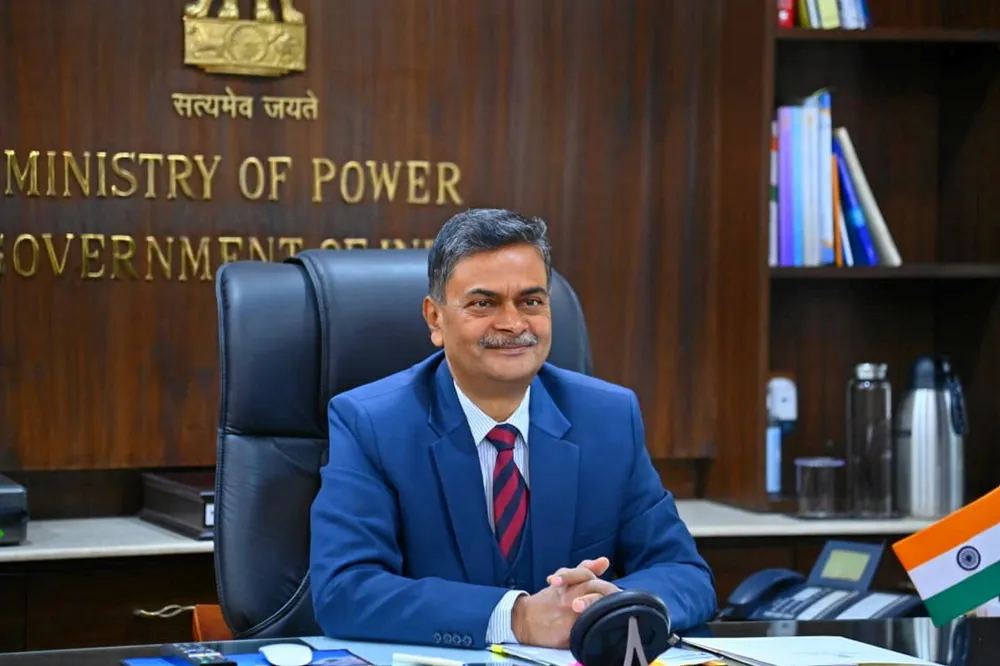India to offer green hydrogen production subsidy of up to $0.60/kg — for three years only
$2.13bn budget will also stretch to electrolyser subsidies, linked to local content requirements

$2.13bn budget will also stretch to electrolyser subsidies, linked to local content requirements
